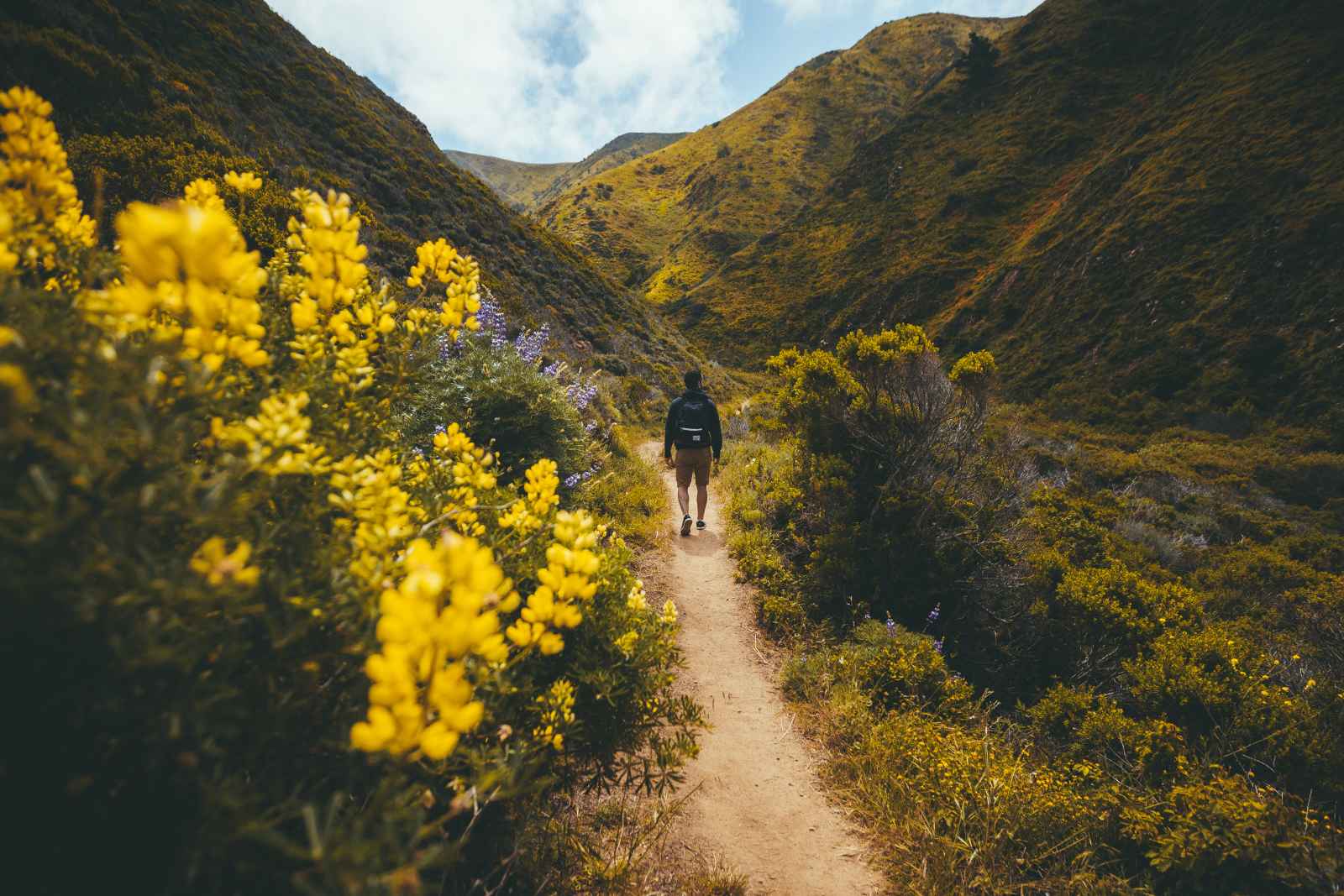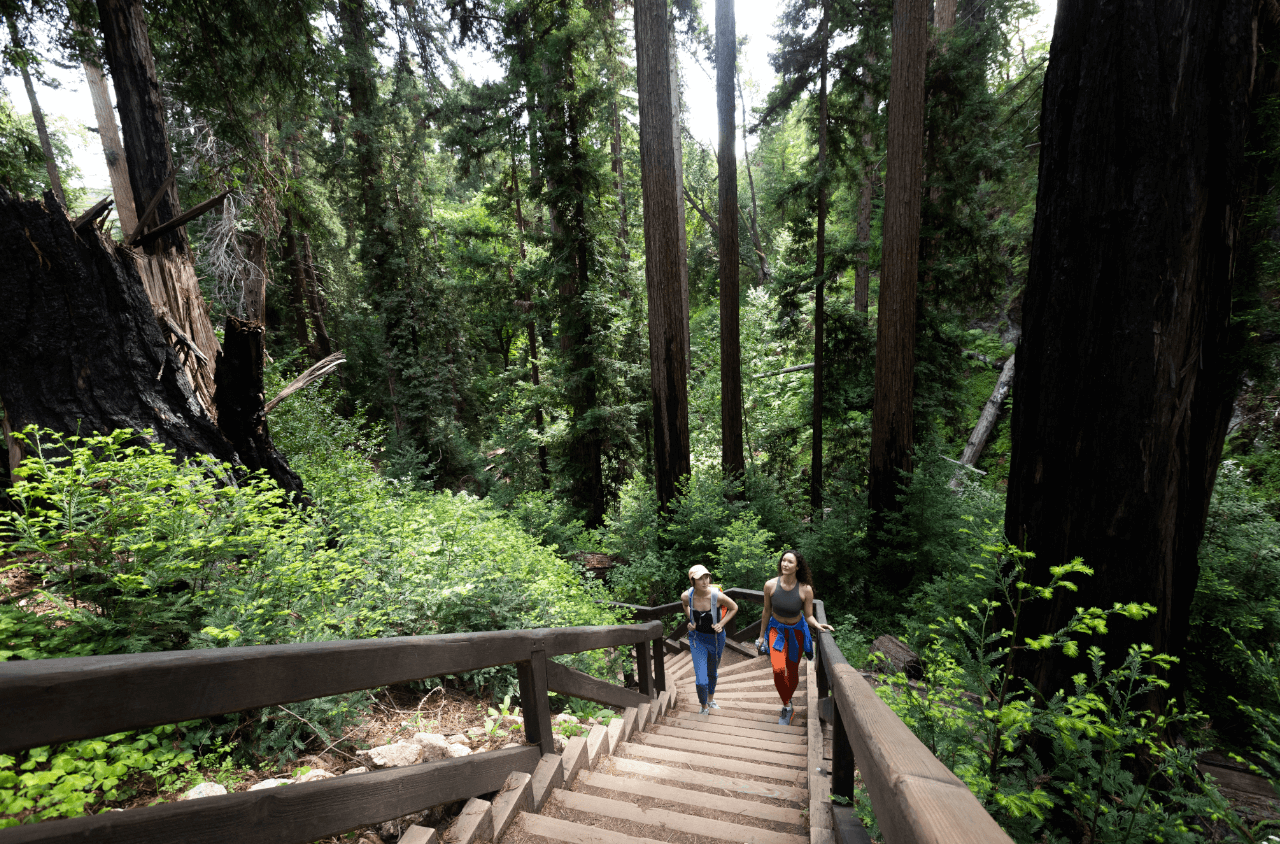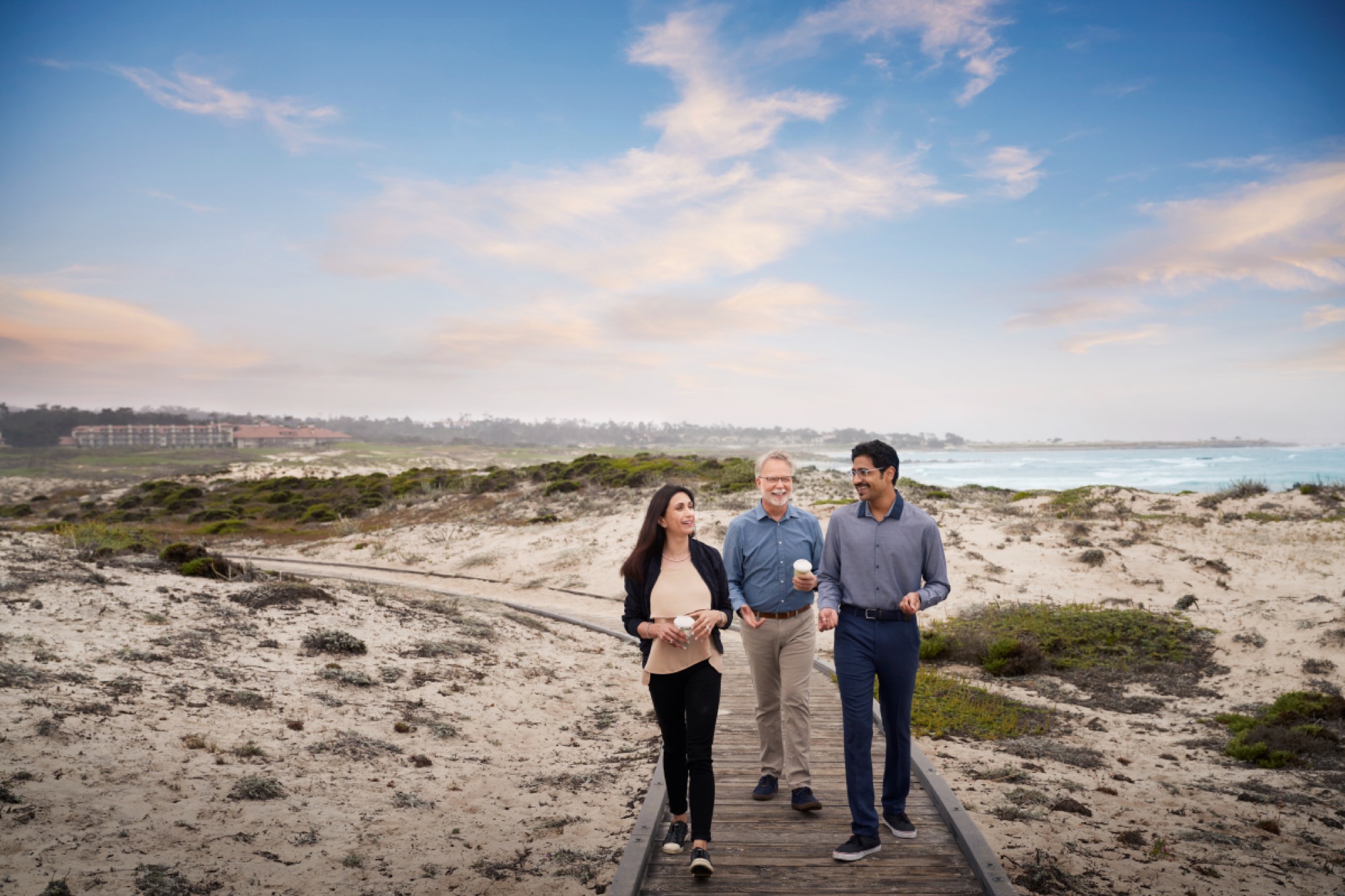History buffs and families traveling with children can cash in on the historic haunts of Monterey. Regarded as the country's most historic city west of Williamsburg, Virginia, Monterey celebrates its cultural clout with special events, mesmerizing museums and tours of the very buildings that appear in archives as far back as 1770. See some of these "Monterey Firsts" for yourself!
The first mass celebrated in Alta California (1602)
On December 16, 1602, Spanish explorer Sebastian Vizcaino's fleet sailed into Monterey near present-day Fisherman's Wharf. The first known European to land in Monterey, Vizcaino named the area for the Mexican viceroy, the Count of Monte Rey and the first recorded mass north of San Diego was held under a shady oak above the shore. In June 1770, when Father Junipero Serra arrived with Spanish General Gaspar de Portola to establish a presidio at Monterey, he led a mass in the same spot. A year later, Serra supervised the construction of the second of California's 21 missions, Mission San Carlos Borromeo de Carmelo (Carmel Mission), where he is buried today.
First Custom House in California (early 1821)
First California State Historical Monument (1938)
Located at the entrance to Fisherman's Wharf, Monterey's Custom House repeatedly figured into the area's history. From 1821-1846, the Mexican government collected taxes from foreign merchants there; in 1846, it was where Commodore Sloat raised the American flag as he claimed California for the U.S. The Spanish-style adobe building, which today houses a museum, dates back to the early 1820s and was renovated by early Monterey businessman and first United States Consul, Thomas Larkin in 1841. The state acquired the building and designated it California State Historical Monument #1 in 1938.
First printing press (1834)
First newspaper (1846)
Don Agustin Juan Vincente Zamorano, once Secretary of State and later acting governor of Alta California, is recognized for introducing the printing press to California. He set up shop in Monterey in 1834 with a wood-frame press purchased in Boston, printing books, broadsides and other projects, before leaving the city in 1838. In 1846, U.S. Navy Chaplain and Monterey Alcalde Walter Colton (first American magistrate and mayor of California) and Kentucky frontiersman Dr. Robert Semple used the press to produce the Californian, the Golden State's first newspaper. A prospectus in the first issue outlined the paper's mission: "This press shall be free and independent; unawed by power and untrammeled by party. The use of its columns shall be denied to none..."
First secondary school in California (1834)
In 1834, English-born merchant and linguist William E.P. Hartnell proposed the first secondary school in California. Hartnell and his teaching colleague, Irish-born Jesuit Patrick Short, started classes that March in Hartnell's Monterey home on today's Hartnell Street across from the Monterey Post Office. A short time later, in May 1834, Hartnell decided to move the school to his ranch, el Patrocinio de San Jose, at Alisal. The school later closed for lack of funds, but the educational tradition is carried on today: Hartnell College in Salinas was named in William Hartnell's honor.
First American fort in California (1846)
U.S. Navy Commodore John Sloat captured Monterey from Mexico in 1846, claiming California for the United States and raising the American flag over the Custom House. To better protect the bay and the city, Sloat's forces constructed a fortress on a hill overlooking the bay. This first American fort in California (and on the west coast) was named Fort Mervine to honor Captain William Mervine, a ship commander in Sloat's squadron. Over the years, the fort was also called Fort Stockton, Fort Halleck and Ord Barracks, and two lieutenants stationed there, Edward O.C. Ord and William Tecumseh Sherman, eventually achieved fame as Union Civil War generals. Today, all that remains of Fort Mervine is an earthen mound (or redoubt) near the Sloat Monument on the Presidio of Monterey.
California's First Theatre (1846)
On a cool night in 1850, in a tavern attached to a lodging house, a group of disbanded Army officers presented a melodrama. Performing on a stage lit by whale oil lamps with red and blue blankets for curtains and charging just $5 a ticket, the group brought in $500 that first night - and California's First Theatre was born. Jack Swan, a British sailor, built the tavern in 1845 with wood salvaged from a shipwreck. He added the adobe lodging in 1846, housing whalers for a spell in the mid-1800s. Melodramas continued through the 1850s and when Swan died in 1896 the building fell into disrepair until the California Landmarks League bought it in 1906. The First Theatre, on the corner of Scott and Pacific Streets, is open for select historic events each year.
First American Public Building in California (1849)
California's First Constitutional Convention (1849)
Monterey Alcalde Walter Colton began construction in 1847 on what would be the first American public building in California. Completed in 1849, Colton financed the construction (done by convict labor) with taxes on liquor, gambling and the sale of town lots. Colton joked that with Colton Hall named for him, he would "go down to posterity with the odor of gamblers, convicts and trippers." For six weeks beginning September 1, 1849, 48 delegates gathered in Monterey's Colton Hall to espouse statehood and draft a constitution. Parts of this progressive document established California as a free state (non-slave) and introduced women's rights and the group debated whether California's eastern border should be the Sierra Nevada or the Rocky Mountains. Colton Hall has been a public building since it first opened, serving as a public school, county court house and city hall. It is now a free public museum with the second floor restored to its 1849 appearance.
California's First Public Library (1849)
Colton Hall schoolmaster Reverend Dr. Samuel H. Willey led the establishment of California's first public library in 1849, purchasing the initial collection with $1,500 raised from the sale of individual $40 shares. Walter Colton arranged for the first 900 books to be shipped from the American east coast, around Cape Horn to Monterey, where the library was housed in a Mexican government building (El Curatel) on today's Munras Avenue. After being moved to Colton Hall in 1874 and later to a nearby schoolhouse, various community efforts led to a Carnegie grant and a new library opened on Van Buren Street in 1911. Today, that building houses the Monterey Institute of International Studies library. In 1952, Monterey's growing library moved to a new building, designed by William Wurster in Second Bay Tradition architecture, on Pacific Street; the Monterey Public Library today is the largest on the Monterey Peninsula.
First Marketed Cheese (1859)
While the origin of Jack cheese is credited to Spanish Franciscan friars who came to Monterey from Mexico in the 1700s, several theories seek to explain who first marketed it as "Monterey Jack." Some credit Monterey County resident Senora Juana Cota de Boronda, who used a housejack (press) to make creamy cheese that she sold door-to-door to support her husband and 15 children. Another story mentions Domingo Pedrazzi, who used a jack to make cheese in the Carmel Valley and still others say that it is a Portuguese cheese. The most common theory, however, links the name to early Monterey landowner David Jacks, who had a local dairy and sold his creation as "Jacks' cheese." Legend has it that customers eventually started asking for Monterey Jack and the name stuck.
California's First Scenic Highway (1965)
When the California Legislature enacted the state's Scenic Highway Program in 1963, it was natural that the first corridor designated for preservation, protection and promotion be Big Sur's magnificent Highway 1. Twisting 72.3 miles from the Monterey County line in the south to Carmel River in the north, the drive is a destination unto itself and passes soaring coastal cliffs, pine-filled canyons and fields bedecked with wildflowers. Completed in 1937 after 18 years of construction and the creation of the landmark Bixby Bridge, soaring 260 feet above the Pacific Ocean, this stretch of Highway 1 is a designated American National Scenic Byway.








